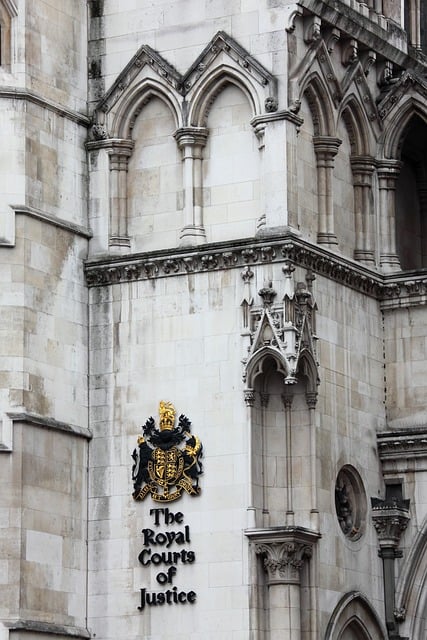In the real estate market, addressing tenant noncompliance is vital for landlords and managers to protect property values and maintain order. Strategies include open communication, clear lease agreements, regular inspections, thorough tenant vetting, and a structured eviction process adhering to local laws. Documentation of violations, proper notice delivery, and fair due process ensure a legal and respectful removal of noncompliant tenants.
In the dynamic landscape of real estate, maintaining compliance is paramount. When tenants fail to meet contractual obligations, a formal process for their removal becomes essential. This article delves into the critical issues surrounding noncompliant tenancy, exploring the legal framework and policies that guide tenant eviction. We outline efficient steps to ensure a safe and lawful process, providing real estate professionals with practical insights to navigate these challenging situations effectively.
Understanding Noncompliant Tenancy Issues in Real Estate

In the dynamic landscape of real estate, understanding noncompliant tenancy issues is paramount for landlords and property managers. Noncompliance can manifest in various forms, from failure to pay rent on time to violating lease agreements or engaging in destructive behavior that diminishes property value. These problems not only impact the financial health of a property but also disrupt the overall living environment for other tenants.
Real Estate professionals must be equipped to recognize and address noncompliant tenancy issues proactively. Effective communication, clear lease terms, and regular inspections are key strategies. By fostering open dialogue with tenants, landlords can often resolve issues before they escalate. Additionally, thoroughly vetting potential tenants during the application process helps prevent future complications. In the event of persistent or severe noncompliance, a formal process for removing noncompliant tenants is necessary to maintain order and protect both the property and other residents’ rights.
Legal Framework and Policies for Tenant Removal

In the real estate sector, ensuring compliance is paramount, especially when it comes to tenant removal processes. The legal framework for evicting noncompliant tenants is governed by a myriad of local and federal laws designed to protect both landlords and tenants. These regulations dictate the specific steps and justifications required before a property owner can legally terminate a lease agreement.
Policies regarding tenant removal vary across jurisdictions, but they generally involve a clear outline of reasons for eviction, such as non-payment of rent, violation of lease terms, or cause, like damaging property. Landlords must provide written notice to tenants, outlining the issues and allowing a reasonable time for correction. This formal process ensures fairness and provides tenants with due process rights while offering landlords a structured pathway for removing problematic occupants.
Efficient Steps to Remove Noncompliant Tenants Safely

When dealing with noncompliant tenants in the real estate sector, a structured and lawful removal process is paramount to maintain order and protect both landlords and tenants’ rights. The initial step involves thorough documentation of the tenant’s noncompliance, including the specific violation(s) and any attempts at resolution. This record becomes crucial during legal proceedings.
Next, landlords should consult relevant laws and regulations governing tenant eviction in their jurisdiction. Each region has its own set of rules, so understanding these is essential to ensure a smooth and lawful process. Following this, a formal notice of termination should be served to the tenant, outlining the reasons for removal and providing them with a reasonable time frame to rectify the issue or vacate the premises. Throughout this process, clear communication is key, ensuring all parties understand their rights and obligations.






